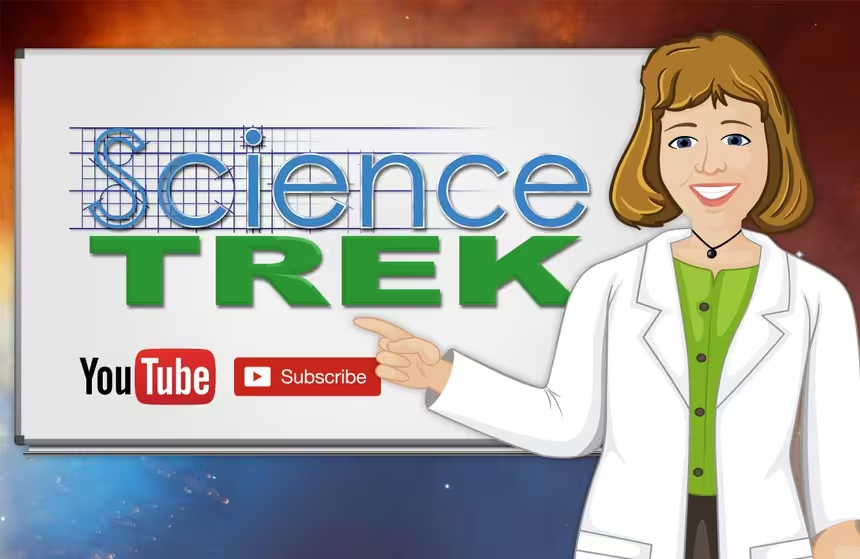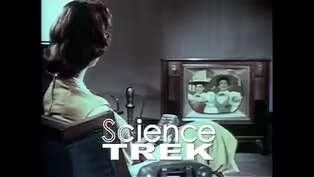
Television & Streaming: Compress Your Video
Clip: Special | 1m 4sVideo has Closed Captions
What is compression and why does it make it possible to watch video on your phone?
Video files can be very large. So, how do they get from the provider to your phone? They use compression. Learn more about video compression.
Problems playing video? | Closed Captioning Feedback
Problems playing video? | Closed Captioning Feedback
Science Trek is a local public television program presented by IdahoPTV
Major Funding by the Laura Moore Cunningham Foundation and the Idaho National Laboratory. Additional Funding by the Friends of Idaho Public Television and the Corporation for Public Broadcasting.

Television & Streaming: Compress Your Video
Clip: Special | 1m 4sVideo has Closed Captions
Video files can be very large. So, how do they get from the provider to your phone? They use compression. Learn more about video compression.
Problems playing video? | Closed Captioning Feedback
How to Watch Science Trek
Science Trek is available to stream on pbs.org and the free PBS App, available on iPhone, Apple TV, Android TV, Android smartphones, Amazon Fire TV, Amazon Fire Tablet, Roku, Samsung Smart TV, and Vizio.

Science Trek
Science Trek is a place where parents, kids, and educators can watch short, educational videos on a variety of science topics. Every Monday Science Trek releases a new video that introduces children to math, science, technology, engineering, and math (STEM) career potentials in a fun, informative way.(Science Trek music) JOAN CARTAN-HANSEN, HOST: In order to get streaming video to your device, sometimes the video has to be compressed.
A video stream is broken up into frames or bits of data.
All of the information needed for the picture is sent in the first frame.
But in the next frame, the only information sent is what has actually changed.
Say, the arm moved, but everything else stayed the same.
By not sending all the information on each frame, the file carrying that information can be smaller.
That's called compression.
So, why would you want a file to be smaller or compressed?
Streaming video that goes from the provider to your device, like your phone, goes over some kind of connection.
It could be a cellular connection or over WIFI.
If a file is too big, it can't load properly, and you get buffering.
Say, your connection isn't fast enough or large enough to keep up with the streaming file.
Your device will stop until the data catches up and then play the video properly.
So, by compressing video, your provider can send a large amount of data efficiently to your device.
For more information about television and streaming, check out the Science Trek website.
You'll find it at ScienceTrek.org.
Television & Streaming: TV History
Video has Closed Captions
Clip: Special | 1m 4s | Who was the first President to appear on television? (1m 4s)
Providing Support for PBS.org
Learn Moreabout PBS online sponsorship
- Science and Nature

Explore scientific discoveries on television's most acclaimed science documentary series.

- Science and Nature

Capturing the splendor of the natural world, from the African plains to the Antarctic ice.












Support for PBS provided by:
Science Trek is a local public television program presented by IdahoPTV
Major Funding by the Laura Moore Cunningham Foundation and the Idaho National Laboratory. Additional Funding by the Friends of Idaho Public Television and the Corporation for Public Broadcasting.
